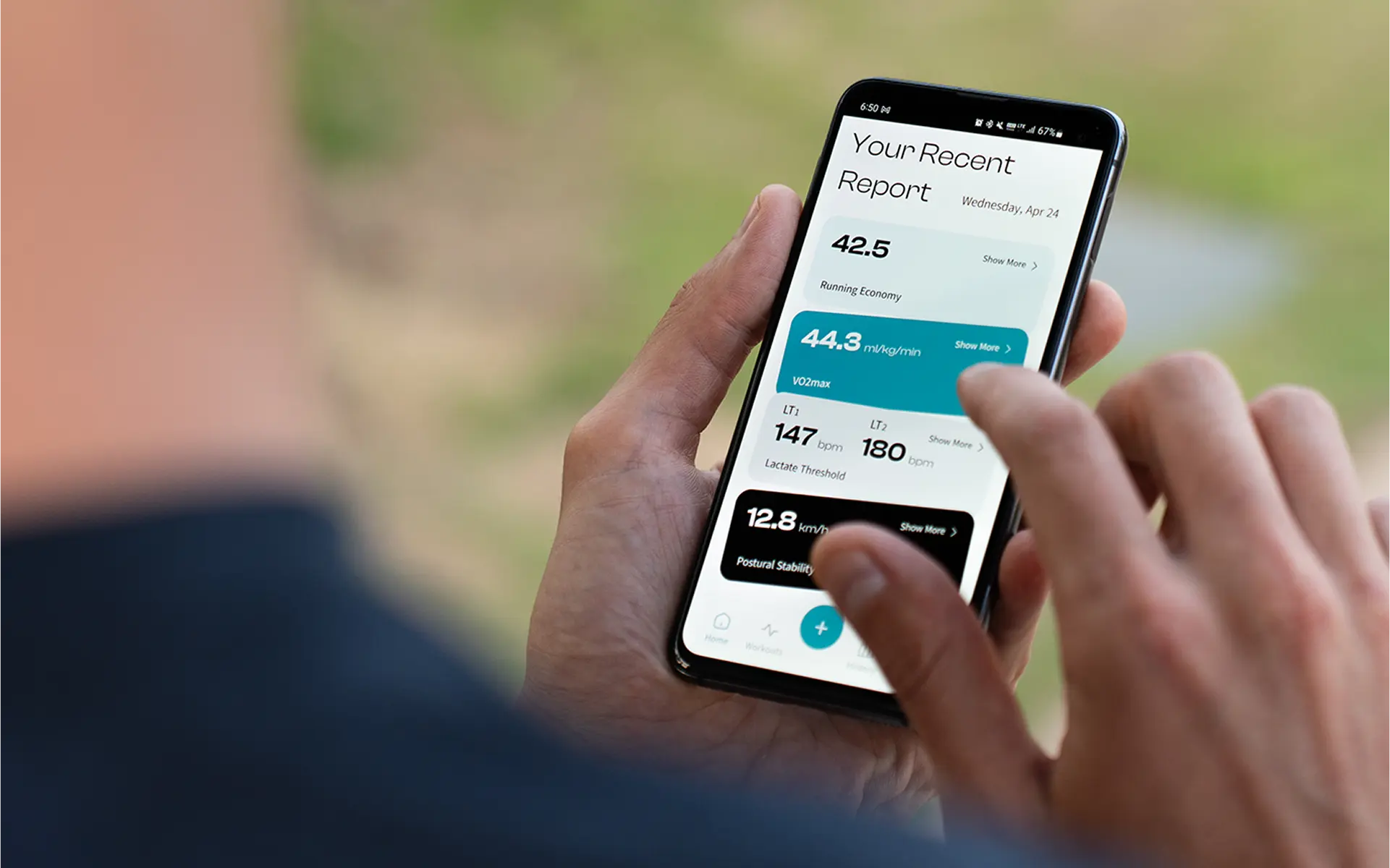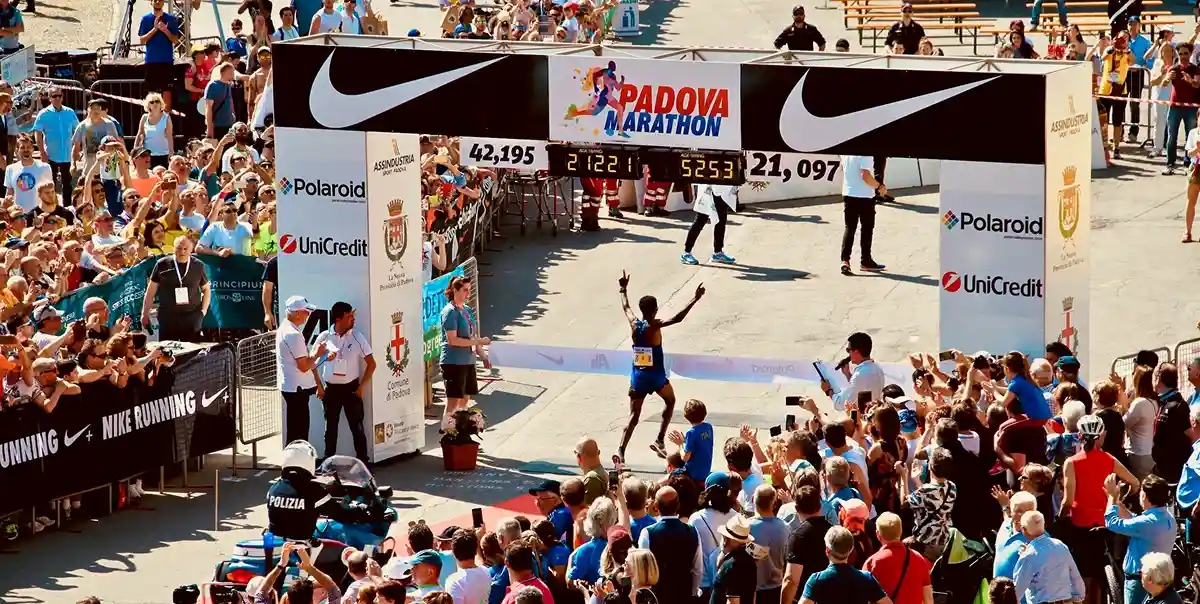
Beyond Measurement: Personalizing Your Workout Strategy with PACER
From Data to Strategy
Today, most runners and cyclists are familiar with terms like VO₂max, lactate threshold, and Fatmax. These aerobic performance metrics are powerful tools—at least in theory. But many people, even after obtaining such data, don’t know how to interpret or apply it effectively in their training. Data collection is just the beginning. What comes next is far more important. If you don’t understand what your numbers mean or how to adjust your training based on them, even the most accurate measurements become meaningless. That’s why Neumafit PACER doesn’t stop at showing core metrics—it analyzes your condition and goals to deliver personalized training strategies directly through the app. After completing a CPET session with PACER, your app will immediately provide actionable guidance, including training zones, pacing recommendations, and marathon energy gel timing based on your VO₂max, lactate threshold, Fatmax, and more. No need for additional interpretation—just apply and go.

Training Zones and Pace Guidance
Using CPET data like lactate thresholds (LT1, LT2), VO₂max, Fatmax, and RER curves, PACER precisely analyzes your current fitness level. This allows PACER to define training intensity zones tailored to your physiology—far more accurate than traditional heart-rate-based methods. Each zone is tied to a specific training objective: recovery, aerobic development, fat metabolism optimization, or endurance enhancement. With PACER, you’re no longer guessing based on feel or past experience—you train with precision, based on verified physiological data.
Many users who have tried PACER’s Zone 2 or Fatmax sessions reported:
“For the first time, I actually understood what intensity I should train at,” and
“I saw improvement without pushing harder.”
PACER also goes further by offering specific pace and duration guidance for workouts like tempo runs, build-ups, and intervals. All suggestions are grounded in your individual performance profile, ensuring that training stress aligns precisely with your goals. This not only boosts training efficiency but also significantly reduces the risk of injury.

Timing Your Marathon Energy Gel Intake
Avoiding energy crashes—or “hitting the wall”—is key to maintaining performance in a marathon. PACER uses your actual glycogen depletion point, fat metabolism zone, and predicted RER shifts to suggest optimal energy gel timing and quantity. This enables you to maintain energy balance throughout your race. When we surveyed runners, most were either over-consuming or under-consuming, and their gel intake timing varied widely. However, after receiving PACER's personalized gel strategy, users reported:
- “I had no stomach issues and maintained pace all the way to the finish.”
- “Even after 35km, I didn’t feel that sudden energy crash I usually get.”
- “Knowing the exact timing helped me stay calm during the race.”
In fact, 98.4% of respondents said their performance improved or their race felt significantly easier when following PACER’s fueling guidance.

From Measurement Tool to Personalized Coach
Many services claim to offer “personalization,” but often they only display measurements or estimates, without offering actionable strategy. PACER’s ultimate goal is to help you improve your performance—and to do that, it delivers the best possible plan, customized for you.
You don’t need to be an expert. PACER interprets the data and builds the strategy—so you can just focus on executing it.
Turning fitness data into real, personalized action—that’s what Neumafit means by “Beyond Measurement.”